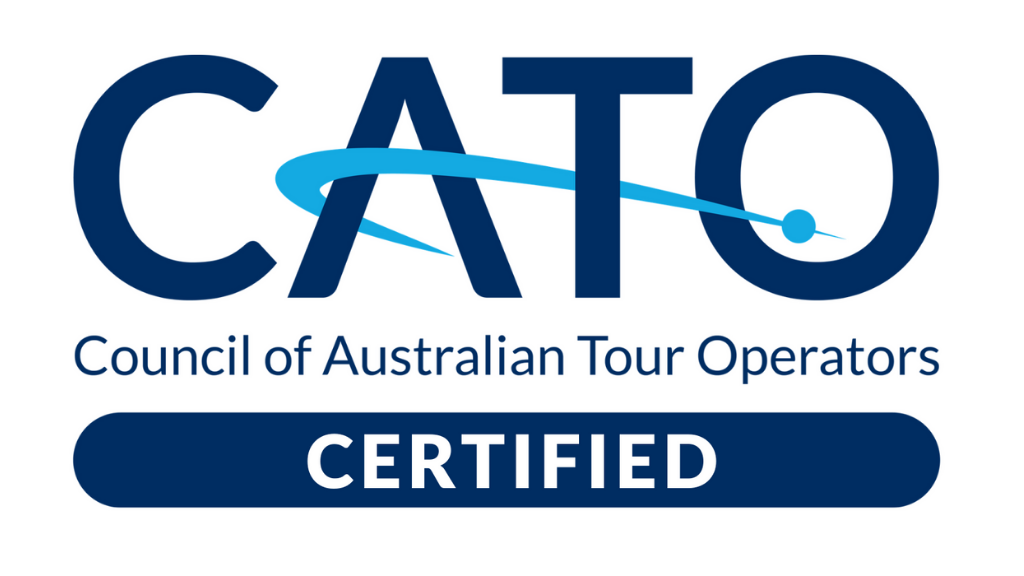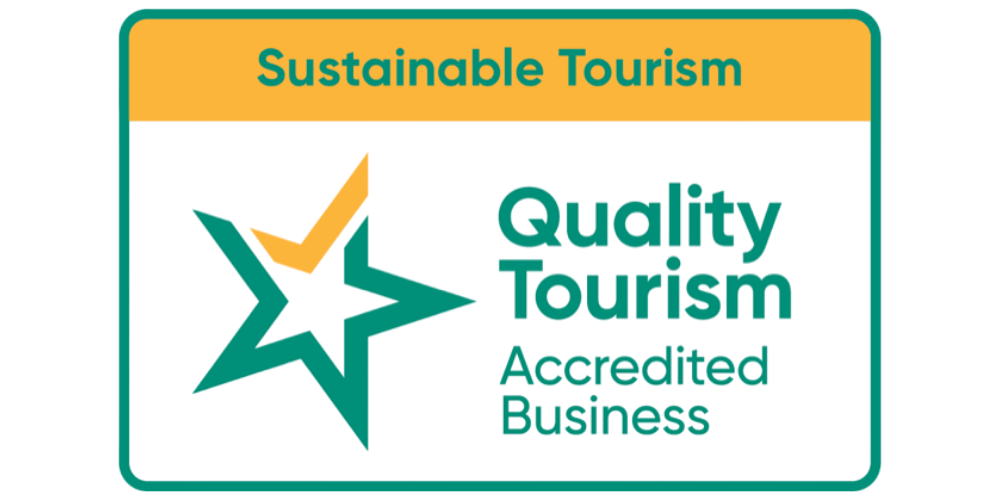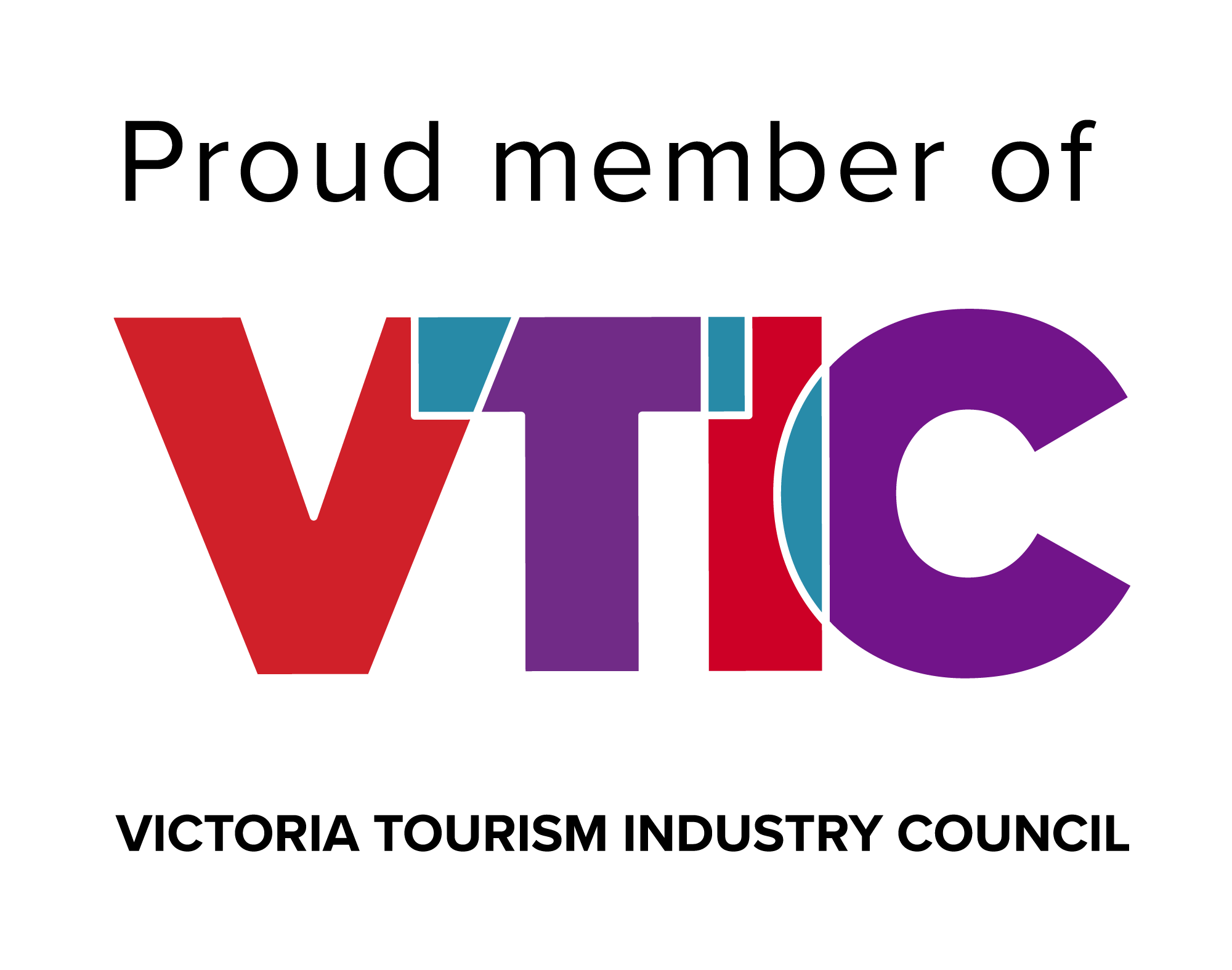
Ningaloo 3-Day Turquoise Safari | Kayak, Snorkel & Beach Camp
📍 EXMOUTH, WA | Guided | All Inclusive ✅
Glide Ningaloo’s turquoise lagoons by kayak, snorkel coral gardens with turtles and rays, then camp on empty beaches under a million stars.
In season, keep watch for migrating whales and bucket-list whale sharks.
Three days of reef-and-range magic—zero fuss, maximum thrill.
Exmouth, WA
Easy
Camping
200% CO₂ Offset
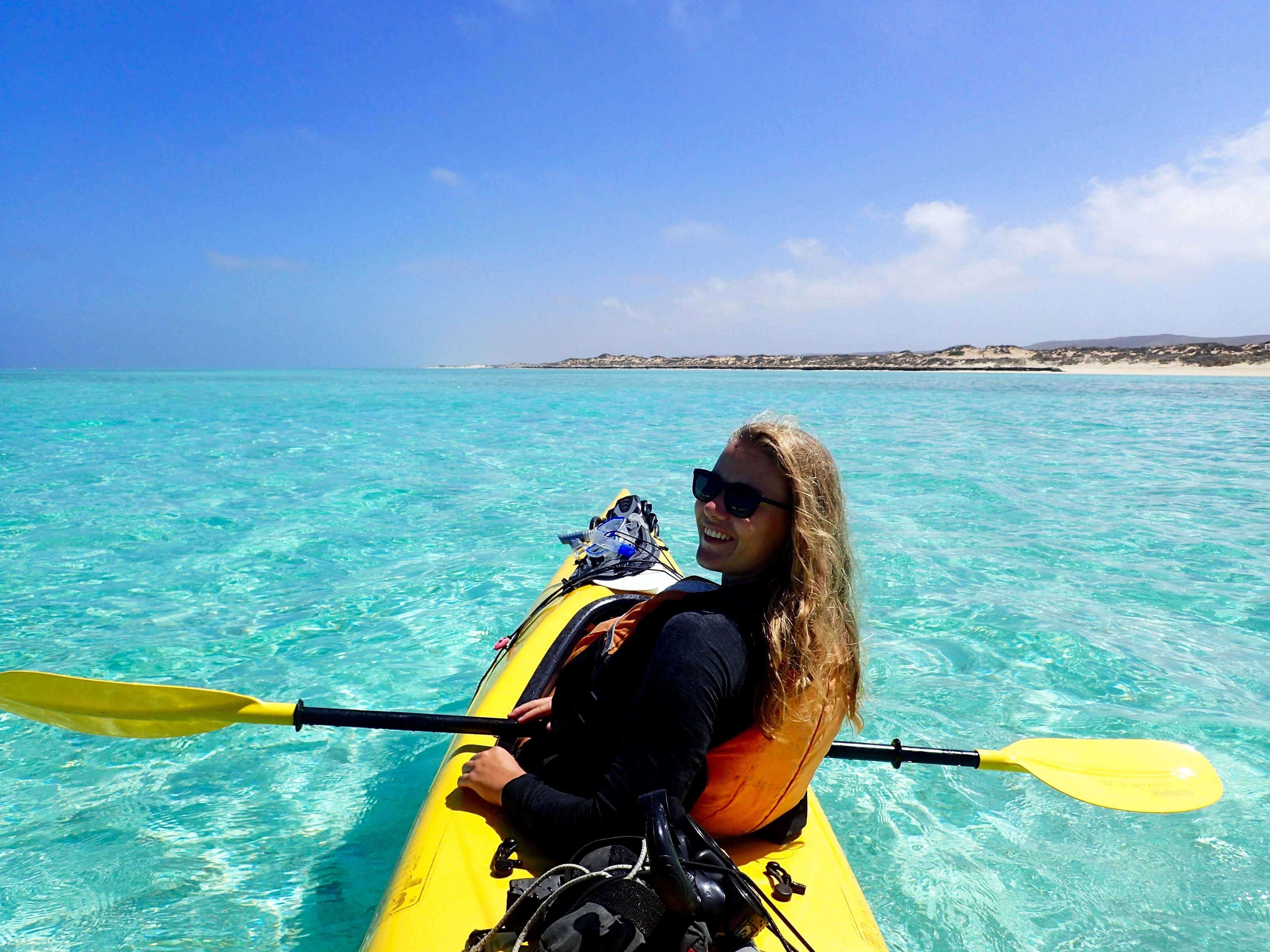


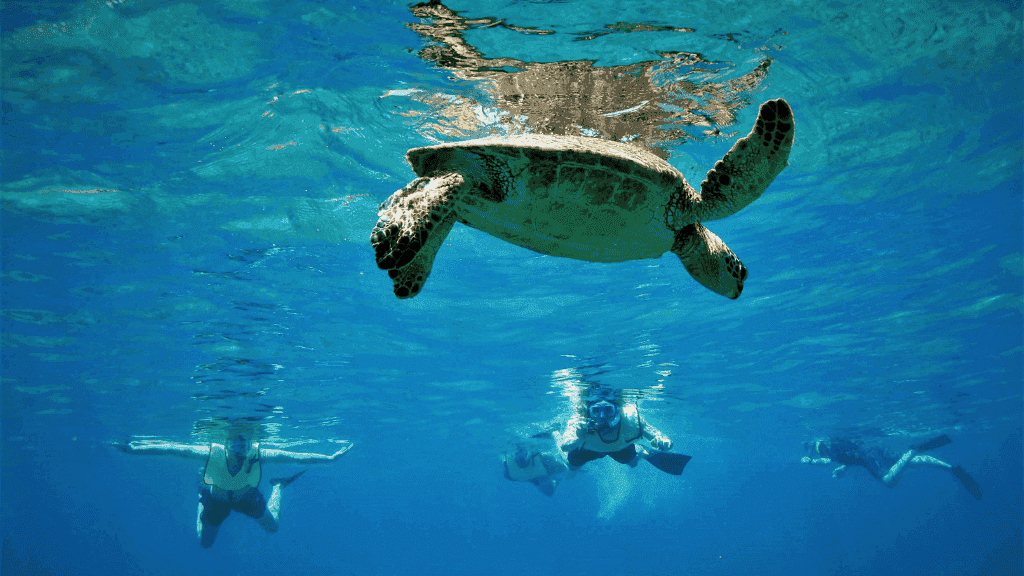
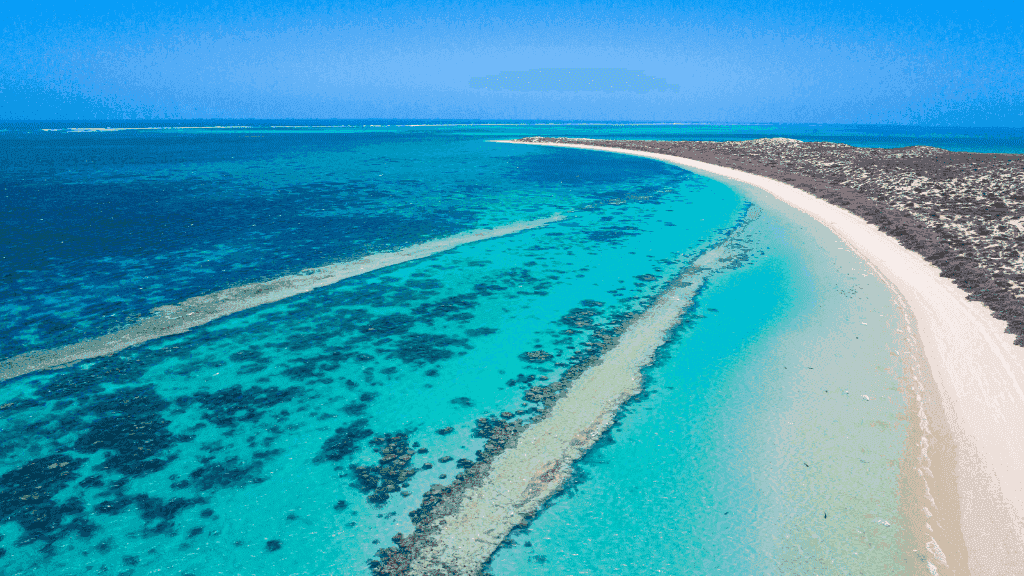

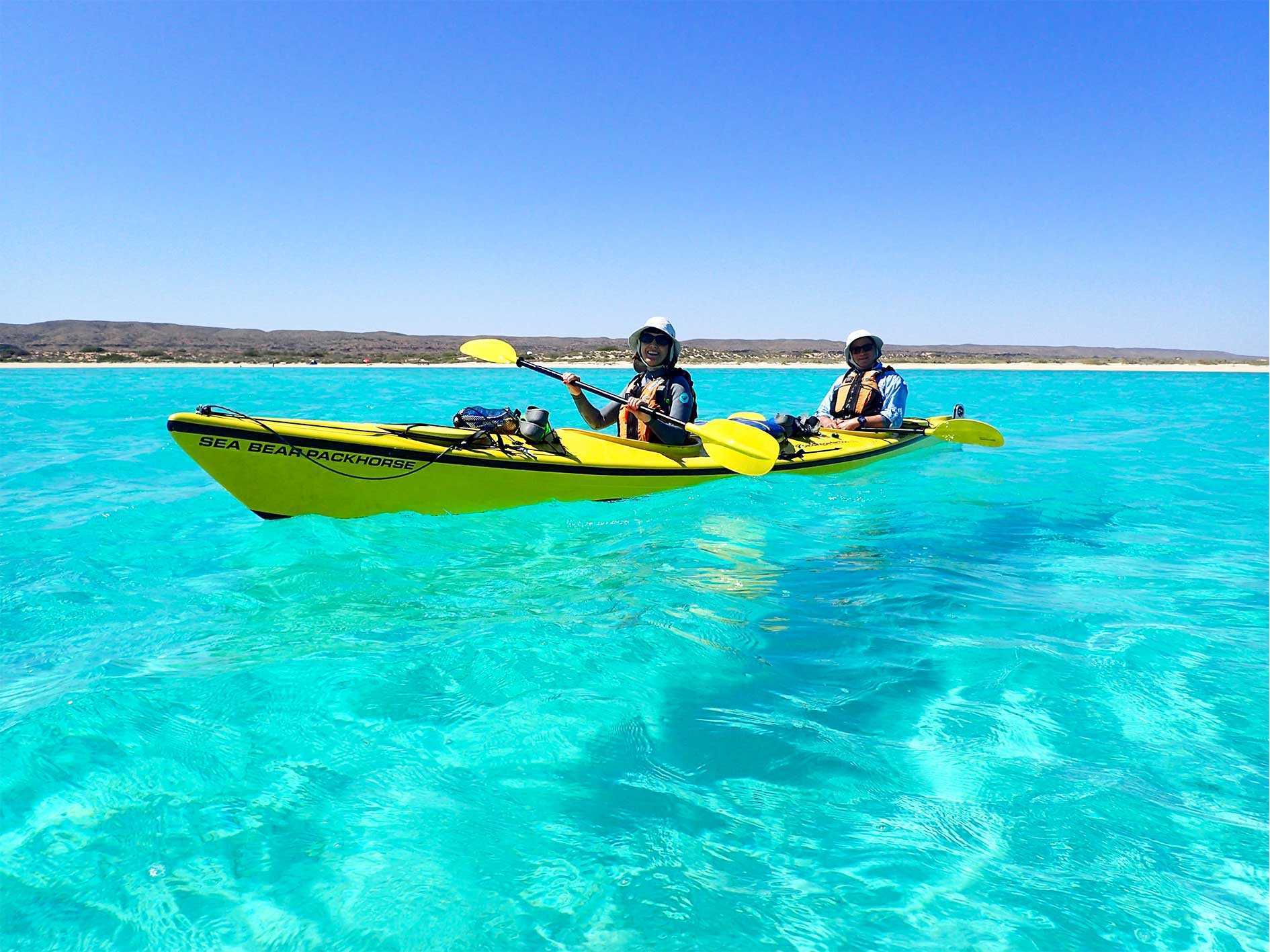



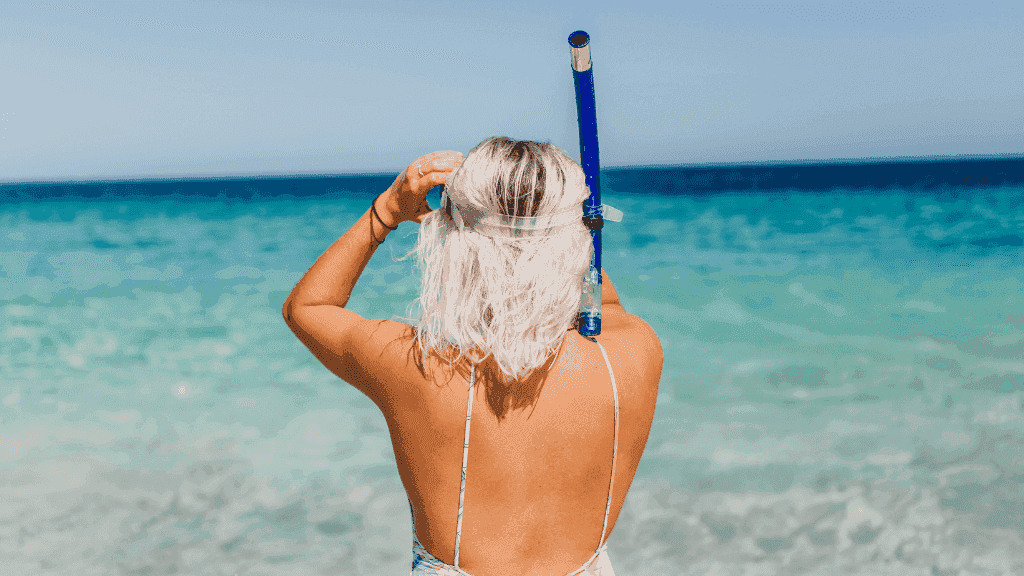



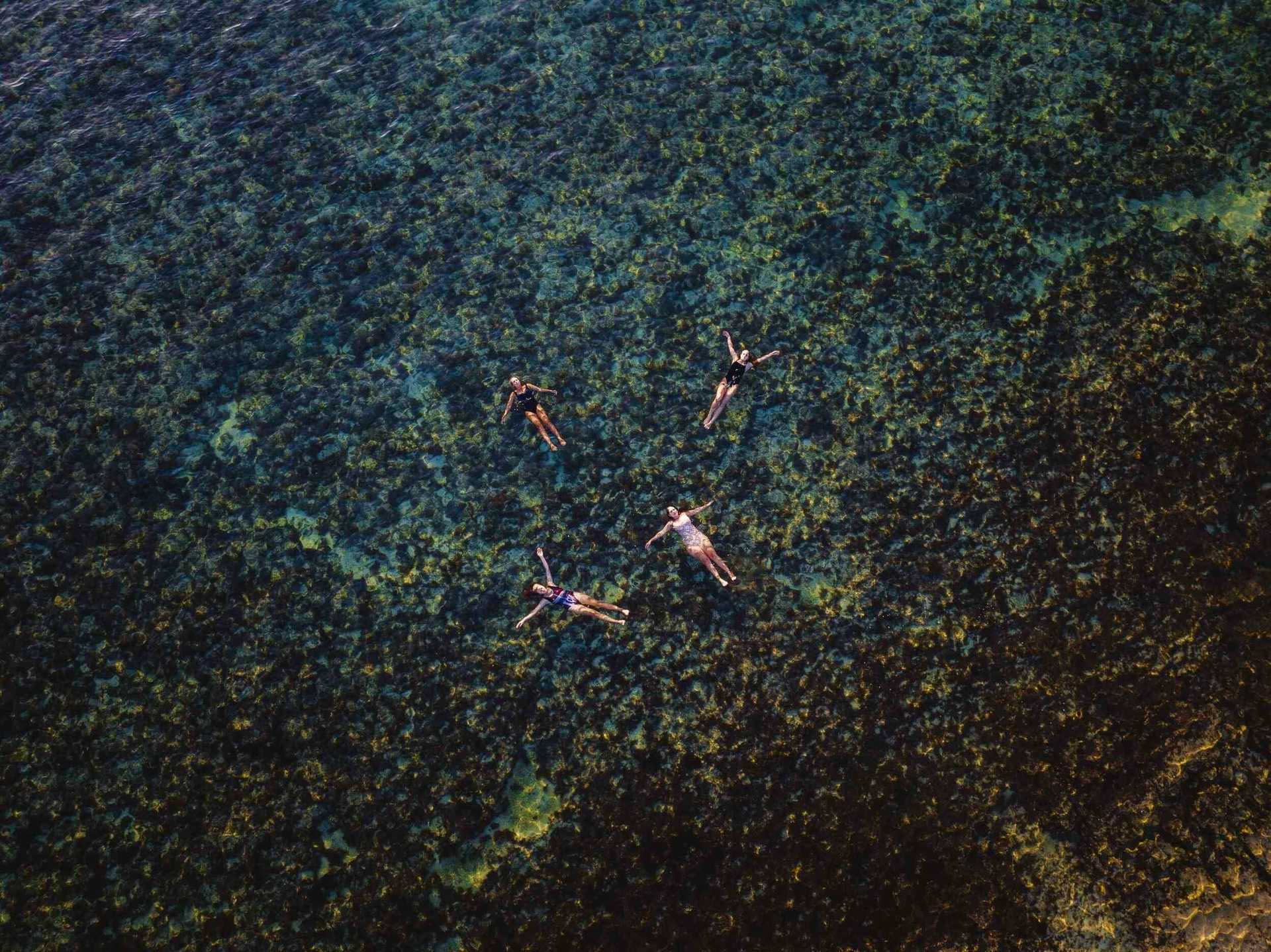

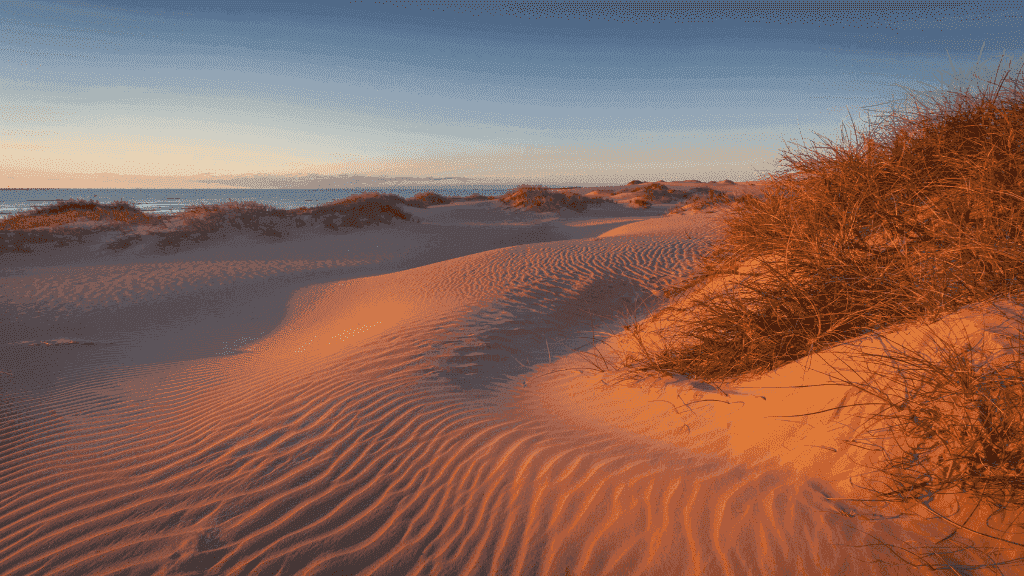

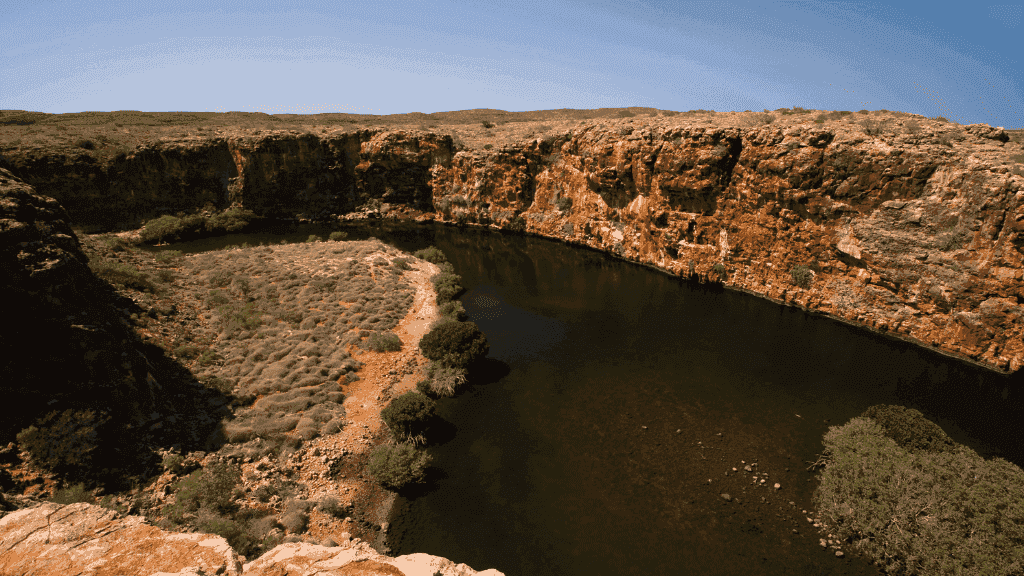









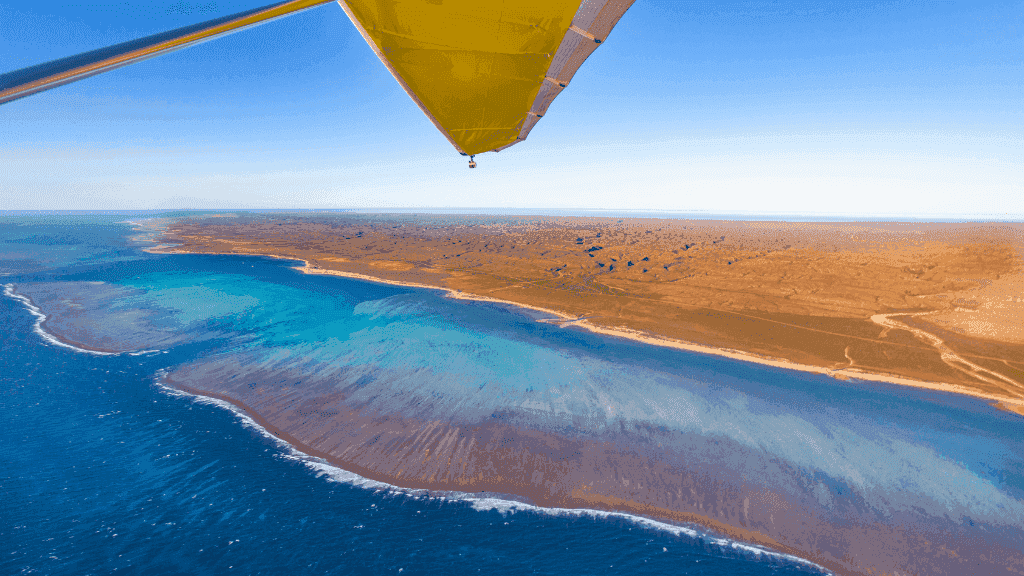










Tour Overview
Ningaloo’s Azure Drift: 3-Day Sea Kayak & Wild Beach Camp Expedition Paddle the turquoise lagoons of World Heritage Ningaloo Reef – swim with turtles, manta rays and reef sharks, snorkel straight off your kayak, and fall asleep to waves on pristine beaches. 100 % zero-trace camping + 200% carbon offset that directly supports reef and Indigenous ranger programs.
Tour at a Glance
- Duration: 3 days / 2 nights
- Age: 12+
- Group size: 4–16 guests
- Physical level: Moderate – 5–10 km relaxed paddling per day, no prior kayaking needed
- Start / Finish: Exmouth, Western Australia
- Accommodation: 2 nights pre-erected beach camping (twin-share tents, stretchers, solar shower)
What’s Included
- All kayaking & snorkelling gear (double or single sea kayaks, masks/fins/stinger, wetsuits)
- 2 breakfasts, 3 lunches, 2 dinners + unlimited tea/coffee/filtered water
- Expert guides + safety boat support
- All national park fees & Indigenous land-use fees
- Return transfers from Exmouth accommodation
- Full 200% CO₂ offset
Not Included
- Flights to/from Learmonth (Exmouth) Airport
- Pre/post-tour accommodation & airport transfers
- Mandatory travel insurance (remote water activities)
- BYO alcohol & extra snacks
- Single tent upgrade (+AUD 100)
- Tips
Day-by-Day Itinerary
- Day 1: Exmouth → Ningaloo Lagoon 08:30 pick-up – gear fitting – paddle sheltered turquoise waters – first snorkel with turtles & rays – beach camp set-up under billions of stars
- Day 2: Reef Drift & Offshore Gardens Glide north along the fringing reef – multiple drift snorkels – picnic lunch on a deserted beach – spot dugongs, dolphins & reef sharks – second wild beach camp
- Day 3: Final Paddle & Farewell Morning paddle & last reef snorkel – relaxed pack-up – return to Exmouth by ~15:00
Essential Packing
- Reef-safe sunscreen & hat
- Rash vest / long-sleeve swim top
- Polarised sunglasses & dry-bag (provided if needed)
- Personal water bottle, head torch, towel
- Small day-pack & sense of wonder
The clearest waters on Earth, zero footprints. Ningaloo kayak dates are tiny and sell out months ahead – lock in your Zero Trace Tours beach-camp adventure now!
See Live Dates & Prices
Key Tour Info
Tour Itinerary
Day 1 | Lagoon Glide & First “Million-Star” Camp
Paddling: ~7–10 km total (broken into 45–60 min sections)
Snorkels: 1–2 sites (conditions/tides)
Route: Typically Osprey Bay → Lakeside/Turquoise Bay area
- Morning: Pick-up around 7:45am → Cape Range. Beach launch after a paddling & safety refresher.
- On-Water: Cruise the sheltered, 2–3 m-deep lagoon inside the fringing reef—prime turf for turtles, rays, reef sharks (the chill kind), and schooling fish.
- Snorkel Stop: Classic shore entry or a kayak-only coral garden, chosen for the day’s conditions.
- Camp: Pull into a quiet, undeveloped beach. Set up tents, kick off sandy shoes, and watch the west-coast sunset settle over the range.
- After Dark: Stargazing and a gentle intro to expedition life. (In season, keep an eye seaward—whale sharks often graze past in late autumn/winter.)
Day 2 | Offshore Reefs & Wilderness Rhythm
Paddling: ~7–10 km total
Snorkels: 2 contrasting sites (aim)
Route: Continuing north along the reef, selecting the best section for wind/tide
- Morning: Coffee, sunrise colours, break camp. Paddle north with the prevailing breeze for smooth, efficient travel.
- On-Water: Mix of shore snorkels and offshore “drop-in” sites from the kayaks—expect vibrant coral bommies, curious fish, and the odd dolphin fly-by.
- Wildlife Watch: From May–August, dugong sightings spike; humpbacks often make appearances mid-year onward.
- Camp: Another deserted beach. Sundowner time, dinner, and stories under a sky that looks like it’s showing off.
Day 3 | Final Reaches & Return to Exmouth
Paddling: ~6–8 km total
Snorkels: 1 signature site (conditions)
Route: Towards Ned’s Camp / Mangrove Bay
- Morning: Pack down and paddle the last stretch of World Heritage coast—white sand left, turquoise right.
- Snorkel Finale: One last reef session to soak up Ningaloo’s colour (and say a proper goodbye to the turtles).
- Take-Out: Land near Ned’s Camp or Mangrove Bay (birdlife hotspot), load up, and return to Exmouth by ~4:00pm.
- Post-Trip: Rinse the salt, re-enter civilization, and try not to brag too much about sleeping in a beachfront penthouse made of stars.
Good to Know
- Experience: No prior sea-kayak experience needed; moderate fitness recommended.
- Water Time: Lagoon depth is usually ≤3 m—ideal for spotting wildlife.
- Seasonal Stars: Whale sharks (roughly Mar–Jul), humpbacks (mid-year to spring). Nature runs the schedule; guides choose daily sites for best conditions & safety.
Food & Accommodation
Where You’ll Be Sleeping & What You’ll Be Eating
Sleeping — Comfortable Base Camp in Cape Range National Park
- Pre-set, stand-up tents (twin-share): Spacious canvas tents you can stand in, set up before you arrive.
- Bedding provided: High-density foam mattress with linens (sheets, pillow, doona) or sleeping bag + liner, as supplied by the operator.
- Facilities: Shade/wind shelter, picnic tables, camp chairs, fridge, solar showers and toilet, plus lockable storage rooms.
- Beach proximity: About 300 m along a sandy trail—perfect for sunset drinks or a sunrise stretch.
- Power: Off-grid. Limited charging is available; arrive with devices topped up and keep phones on flight mode at camp.
- Solo option: Private tent available for a $100 single supplement (limited per departure).
Eating — All Meals & Non-Alcoholic Drinks Included (BYO Welcome)
- What’s covered: Healthy, delicious meals from dinner on the first night through to lunch on the final day, plus non-alcoholic drinks.
- BYO: Alcohol is welcome; an ice box is available to keep drinks cold.
- How it runs: Picnic-style morning teas and lunches on secluded beaches; relaxed dinners back at base camp.
- Dietaries: Most requirements can be catered for with advance notice (including intolerances/allergies).
- Gear included: Long-sleeve sun shirts and broad-brim hats, quality snorkel kit (wetsuits in cooler months), kayak safety equipment, dry bags—so you can pack light and focus on the good stuff.
What's Included & What's Not
✅ What’s Included
Itinerary Activities
- Sea kayaking inside the fringing reef (double or single sit-inside sea kayaks)
- Snorkelling at shore sites and kayak-only spots (conditions dependent)
- Short bush/gorge walks in Cape Range NP (incl. Mandu Mandu & Yardie Creek, when suitable)
- Visit to Milyering Visitor Centre
Guides & Support
- Qualified, experienced sea-kayak guides
- Paddling instruction & safety briefing
- Complimentary tour photos taken by your guide
Camping & Facilities (Base Camp in Cape Range NP)
- Pre-set, stand-up twin-share tents (spacious)
- Camp gear: swags/sleeping bags & liners, pillows, high-density foam mattresses, camp chairs
- Facilities: fridge, shade/wind shelter, picnic tables, toilet & solar showers
- Lockable storage rooms; beach ~300 m via sandy track
- Vehicle support returns the group to base camp each afternoon
Meals & Drinks
- All meals (from first night dinner to final day lunch)
- Non-alcoholic drinks included (BYO alcohol welcome; ice box available)
Equipment & Clothing Provided
- Kayaks with rudder, paddles, PFDs (life jackets)
- Sun protection gear: long-sleeve rash shirts & broad-brim hats
- Snorkel kit: mask, snorkel, fins (wetsuits in cooler months)
- Fingerless paddling gloves
- Dry bags for personal items
Transport & Fees
- Return transport between Exmouth and Cape Range NP
- National park entry & camping fees
Tour Timing & Season
- 5.5 days / 5 nights: pick-up Sun ~2:45–3:00 pm, drop-off Fri ~4:00 pm (Exmouth)
- Operating late April – early October
- Group size 4–16 (plus guides/volunteers); minimum age 12; kayak limit 110 kg/person
🚫 What’s Not Included
Travel & Extras
- Flights to/from Exmouth and airport transfers
- Pre/post-tour accommodation in Exmouth
- Secure parking at the operator’s base ($10/day; free on-street parking available)
Personal Items
- Water bottle (capacity ≥1 L), sunglasses (polarised recommended)
- Sunscreen/zinc & SPF lip balm (reef-safe preferred)
- Towel/sarong, head torch (+ spare batteries)
- Footwear for water (crocs/sandals) and enclosed shoes for walking
- Bushwalking clothes & daypack; camera/chargers/spare batteries
- Toiletries (biodegradable products encouraged)
- Optional fishing gear (lures only; note: base camp is in a Sanctuary Zone—no fishing)
Upgrades & Supplements
- Private ‘solo’ tent: +$100 (limited per departure)
- Exclusive single-kayak use (experienced paddlers): +$100 (limited per departure)
Insurance & Misc.
- Travel insurance and any medical expenses
- Personal snacks/alcohol (BYO allowed but not supplied)
- Gratuities (optional)
Operational Notes
- Tour is weather- and conditions-dependent; wildlife is expected, never guaranteed
- Participants must be able to lift 15 kg and walk on uneven ground/soft sand
- Departures require minimum numbers
Pricing notes: Family rates apply to direct bookings only (agent bookings excluded). A 30% deposit is due at booking; balance 30 days prior to departure.
Weather Expectations
Seasonal Weather Expectations
Big picture: Desert coast + fringing reef = clear, dry days, high UV, calm mornings and breezier afternoons. This tour runs in the dry season (late April–early October) when paddling and visibility are at their best. Route direction is chosen to work with the prevailing breeze, so you glide more than you grind.
Air temps (guide, not a guarantee)
- Apr–May: Days 26–32 °C, nights 17–22 °C. Warm water, light early winds—prime snorkel season.
- Jun–Aug: Days 20–26 °C, nights 10–16 °C (can feel crisp at camp). A light layer for mornings/evenings is gold.
- Sep–Oct: Days 24–32 °C, nights 14–20 °C. Warming trend, mellow mornings, classic reef days.
Water temps (lagoon)
- Generally 22–26 °C across the season (coolest mid-winter). Wetsuits are provided in cooler months for comfort and sun protection.
Wind & sea
- Mornings: Typically calmer—best for paddling and snorkels.
- Afternoons: Reliable sea breeze builds; the itinerary runs one-way with the wind and uses a vehicle shuttle back to camp.
- Swell/tides: Shore entries (e.g., Oyster Stacks, Turquoise Bay) are conditions-dependent; guides select the day’s sites for safety, visibility, and coral protection (some locations are only suitable at higher tide).
Sun & UV
- High to extreme UV even on cooler days. Long-sleeve sun shirt, broad-brim hat (both supplied), sunglasses, and reef-safe SPF 50+ are essential. Re-apply at tea/lunch stops.
Visibility & wildlife (expectations, not promises)
- Dry-season stability = generally excellent snorkel visibility.
- Whale sharks: Often present mid-Mar–Aug offshore; not a focus of this trip but magical if spotted from shore.
- Humpbacks: Migrate Jul–Oct; look for blows offshore on calm mornings.
- Daily regulars: Turtles, rays, schooling fish; occasional dolphins/dugong inside the lagoon.
Camp comfort notes
- Cool nights (Jun–Aug): pack a warm layer (fleece/puffer, beanie) for stargazing.
- Dry air: Hydrate proactively—aim for 2 L+ per day; electrolytes help on active/hotter days.
- Insects: Generally mild on the coast; dusk can bring mozzies near creeks—light long sleeves and repellent do the trick.
Safety & flexibility
- The guides may shuffle the order of paddles/snorkels to suit wind, swell, tide and visibility. That’s normal and how you get the best days on the reef.
- Wildlife is natural—expected, never guaranteed. If conditions shift, the plan adapts so the adventure stays safe and fun.
⭐ Reviews
Field Notes From Fellow Travelers
Verified Reviews from Past Tours
We had such an amazing experience! Camping overlooking the beautiful Ningaloo reef was a real highlight. The view from camp at sunset was stunning and the star gazing at night was spectacular. There was no one else around, it felt like we had the whole National park to ourselves. We spotted whales and many rock wallabies. A fantastic guide. He is very passionate and had so much knowledge of the area, the history and the flora and fauna. Ian has included so many thoughtful touches to the trek that really made it special. I would highly recommend this experience !
Kate Cranage
April 2023
So awe inspiring to be in this pristine place paddling to the rhythm of the wind and tidal flow. Sam who had an huge level of competency was our exceptional guide. He was an unexpected bonus with a broad body of knowledge about country, marine life, tides, winds and good food and really made our trip. He was so chilled when dealing with a group of eight with different needs and wants. Exmouth Adventure company is very lucky to have him as a guide.
JF
31 July 2025
We had the most fantastic trip last week, kayaking during the day and camping on the beach each night. I was initially very nervous about the kayaking and the logistics of taking all our gear, keeping it dry etc. But it soon became very easy. Neri, our guide, was absolutely brilliant. She is extremely experienced, put us all at ease, kept us safe and happy, was very knowledgable and accommodating, cooked us delicious meals and worked extremely hard day and night to make it all run smoothly and seamlessly. We had a wonderful time and are very grateful.
Jo C
15 September 2024
The experience I had will forever be memorable of my time in Exmouth. Paddling the Cape Range and Ningaloo coastline was an insight into the vastness and abundance of flora and fauna of the area. Being able to hike through thousands of years of history with Ningaloo’s experienced guide Ian was a treat. He is passionate and a wealth of knowledge of the area, which ensures absolute safety for those of us on the overnight hike. Being able to camp comfortably overnight on top of Cape Range on day one is incredible for both a sunset and starry night with a cup of hot chocolate, and the morning sunrise. We saw countless rock wallabies and even enjoyed sightings of dolphins as we enjoyed our lunch. This is an incredible experience which is an absolutely must if you want to experience Exmouth!
Jasmine Grdosic
August 2022
If I could give 10 out of 5 stars above, I would! The adventure is planned for a maximum of 12 people, but apparently there was a group cancellation, so our tour comprised of just three of us, with our amazing guide, photographer and chef extraordinaire, Neri. The kayaks are comfortable and easy to use ( at almost 70, and overweight, I was however unable to manage getting back into the kayaks in deep water, although Neri tried many techniques to try to help me); the snorkel spots were extraordinary; Neri's photos caught all of our excitement and some stunning marine friends; the camping spots were fabulous, except for the first night at North Kurrajong (ground was hard} but Neri assisted to get tent pegs in and from then on, at our request, guided us to some beaches where our group were the only campers ( extra points for Duggy!). Every night Neri whipped up a 5-star delicious and healthy meal - as well as healthy, tasty lunches, morning teas, afternoon teas and sundowner snacks!! Your will never starve on this trip! Neri's knowledge of the reef and environs provides an amazing potted history of the last 25 million years, deep appreciation of the extraordinary marine life and opportunity to meet some of its very endearing and wonderful characters. Cannot recommend this World Heritage experience highly enough! Will need to submit some photos and videos separately, once I have processed them.
Cruiser64687790809
23 May 2024
Wife and myself did the 5 day kayaking and adventure tour. Wow , what a lovely place to see and go kayaking The guides , Haley and Catia really looked after us. They are a wealth of knowledge on the reef , the animals , fish as well skilled kayak operators . They cooked and prepared all the meals and I really enjoyed them. The camp site is the same each night so you don’t have to put up a tent , so we moved up the lagoon each day exploring the reef system and seeing heaps of aquatic life One day , due to strong winds/ high seas , we went inland for a walk through 2 gorges seeing the black faced wallaby’s, Osprey eagles and some amazing rock colours Great trip and really enjoyed the Exmouth , Cape Range, Ningaloo reef areas
Roland B
13 June 2023
What phenomenal trip this is! Such a unique opportunity and an experience completely unique in Exmouth and the Ningaloo region! The team were so knowledgable and accommodating, Cant wait to come bacK!
Michelle Lee Coates
June 2025
We have just finished a 5 day kayak and snorkel tour with this company and it was top class. Our guides, Katia and Hayley were fabulous. Very knowledgeable, capable, empathetic, fun, engaging and passionate people. They cooked up great healthy, tasty meals each night, and spoilt us with lovely lunches snacks, sunset platters. Our "on water" experience in this top class "nature's playground", in and around the Ningaloo reef was equally impressive. We got lots of opportunities to snorkel and the amount of marine life here is amazing. Highly recommend this company and this experience.
485mojo57
9 June 2023
What To Pack
You bring (operator-aligned):
- Water bottle with capacity for at least 1 L
- Sunglasses (polarised recommended for spotting through glare)
- Sunscreen/zinc & SPF lip balm — reef-safe where possible
- Bathers/boardshorts
- Towel or sarong (a lightweight sarong is great to drape over legs for extra sun cover)
- Footwear that may get wet (crocs/sandals etc.)
- Bushwalking clothes: enclosed footwear (sneakers/hiking shoes/boots), shorts or lightweight trousers, tee or lightweight long-sleeve shirt, daypack for water/camera
- Head torch (+ spare batteries)
- Camera (+ spare batteries/charger)
- Drinks for sunset happy hour (BYO welcome; an ice box keeps things cold)
- Camp clothes: shorts/tee + warm layers for cool, clear nights (from May onward think thermals, beanie, puffer; “camping uggs” totally acceptable)
- Toiletries (biodegradable products encouraged: soap, shampoo/conditioner)
Optional (allowed but not a focus):
- Fishing gear (lures only). Note: base camp sits in a Sanctuary Zone—no fishing there.
Nice-to-have extras (guest tips):
- Power bank (charging at camp is limited/off-grid)
- Reusable dry bag for personal bits on the kayak (operator also provides dry bags)
- Lightweight reef shoes for tricky beach entries
- After-sun/aloë, small first-aid/blister kit, and electrolytes for hotter days
Pack light, pack smart, and leave room for bragging rights.
Local Insights
Local Insights — Nyinggulu / Ningaloo Coast & Cape Range (Sea-Kayak Region)
Acknowledgement of Country
Travel occurs on the lands and waters of the Baiyungu, Thalanyji and Yinigudira peoples. Move gently, follow local guidance, and respect cultural sites and seasonal closures.
Quick read (the gist)
- Why this coast stands out: Sheltered lagoon paddling inside a fringing reef, beach camping under desert skies, and snorkelling straight from shore in clear, shallow coral gardens.
- Natural calendar: Whale sharks Mar–Aug; humpbacks Jun–Oct (in-water tours skew later in that window); turtles nest Nov–Feb with hatching Jan–Mar; manta rays year-round (especially near Coral Bay).
- Wind reality: Fresh afternoon sea breezes are common; mornings usually suit longer paddles.
- Safety headline: Famous shore drifts (e.g., Turquoise Bay) can run strong—choose entry/exit with care or opt for calmer bay loops.
Sense of place
A rare meeting of desert and reef: low limestone ranges, white sand spits and lagoons so close to shore that kayaks can tie to designated moorings above coral. Expect staghorn gardens, bommies, turtles cruising the shallows—and night skies that routinely spill the Milky Way.
Natural seasons & wildlife windows
- Whale sharks: Most reliable Mar–Aug (often peaking Apr–Jul).
- Humpbacks: Migration Jun–Oct; licensed in-water tours usually Aug–Oct (Exmouth) / Jul–Oct (Coral Bay).
- Turtles: Nest Nov–Feb; hatch Jan–Mar (red-light rules apply).
- Manta rays: Year-round, especially around Coral Bay.
- Climate cues: Warm to hot much of the year; cyclone season Nov–Apr. Plan earlier paddles, shade breaks and hydration.
Lagoon & kayak notes (region-wide)
- Inside-reef lanes: Most routes use the sheltered lagoon between shore and reef crest, picking lee shores and tide windows.
- Kayak trails & moorings: Marked kayak trails (Tantabiddi, Osprey, Bundegi, Maud/Coral Bay) include tie-off buoys near coral features—tie up, slip in, snorkel.
- Signature shore snorkels: Turquoise Bay offers a calmer bay loop and a separate drift; conditions dictate the smarter option on the day.
- Tide-smart snorkelling: Oyster Stacks is tide-dependent—snorkel only at ≥1.2 m to protect coral and for safe depth (check tide boards/Milyering Discovery Centre).
Wildlife etiquette & in-water safety
- Look, don’t touch: No standing on coral; hands off turtles, rays and reef life.
- Drift awareness: Know exit points before entry; fins help with decisive exits.
- Stingers: Irukandji are uncommon but possible some summers—full-length suits when advised.
- Sun & salt: Long sleeves/leggings, brimmed hat, zinc, steady fluids. (Reef-safe sunscreen plays nicer with corals.)
Practical logistics
- Parks & passes: Cape Range National Park is fee-paying; separate camp bookings apply where provided.
- Facilities: Campgrounds are generally basic; bring drinking water unless a site explicitly provides it.
- Connectivity: Reception is patchy outside towns—download offline maps and leave a trip plan with a contact.
- Drones: Regulated in WA parks; some areas allow recreational flying under rules, others restrict or require permission. Always check park-specific rules and CASA guidance.
Recommendations & local-style tips
- Sunrise over the range: Drive Charles Knife Canyon for first light over Exmouth Gulf—wide horizons, easy access, knockout silhouettes.
- Whale (and wow) at sunset: Vlamingh Head Lighthouse is the classic golden-hour perch; whale blows are common in season.
- Gorge & wildlife combo: Yardie Creek walk or boat cruise for ospreys and black-flanked rock-wallabies tucked into ledges.
- Windy-afternoon Plan B: When the west coast kicks up, the Bundegi side (Exmouth Gulf) can feel friendlier—good for a short paddle or mellow snorkel from shore.
- Quiet coral: Pilgramunna Ledges often sees fewer flippers—rewarding on settled days; mind the rocks and keep hands off the ledges.
- All-tide fallback: Lakeside is a reliable snorkel when Oyster Stacks is too shallow; follow the marked zone.
- Kayak etiquette: Use moorings (never anchor on coral), clip tidy leashes, and give snorkellers a wide berth at tie-off buoys.
- Tide-board gospel: Oyster Stacks has an on-site sign for permitted times—aim for ≥1.2 m or give it a miss.
- Storytelling stops: Pair a reef day with a quick detour to the VLF towers and Vlamingh Head for Cold War and lighthouse history between swims.
Accessibility & family notes
Lagoon paddling is sheltered but still open water; basic swimming competence is essential. Beach entries are mostly sandy with occasional shorebreak. Choose calm bay snorkels for beginners; save drift sites for confident swimmers.
Do-right travel (Zero Trace)
- Sanctuary zones: Look-but-don’t-take; never stand on coral.
- Turtle season: No white light on beaches; use marked access points; keep distance.
- Low-impact camps: Stay off fragile dunes; pack out all waste.
CO₂ Footprint Report
Zero Trace CO₂e Report — 3-Day Ningaloo Kayak & Snorkel Expedition (Exmouth, WA)
Results Summary
- Estimated total per person: ≈ 585 kg CO₂e
- Offset per person (200%): ≈ 1.17 t CO₂e
- Group total for context (12 guests): ≈ 7.0 t CO₂e
Method: high-estimate with Well-to-Tank (WTT) and aviation non-CO₂ effects via RF = 1.9; includes single-origin guest flights, all meals (included + off-tour), on-tour transport & camp nights, and +10% uncertainty uplift.
Purpose
Conservatively estimate greenhouse gas emissions (CO₂e) across Scopes 1–3, reported per person (with group totals for context), then apply a 200% offset per person.
Key Tour Info
- Region: Ningaloo Coast, Western Australia
- Duration: 3 days / 2 nights
- Start / Finish: Exmouth (WA)
- Group size used for context totals: 12 (max 12 shown)
- Daily activity: 5–12 km paddling • Difficulty: Easy
- What we treat as included on-tour: beach camp in Cape Range NP area; vehicle shuttles to/from launch and camp; snorkelling from shore/reef edge (conditions permitting)
Scope & Boundaries
- Scope 1: On-tour vehicle fuel (camp/launch shuttles).
- Scope 2: Purchased electricity only if directly attributable (generally captured via accommodation factors).
- Scope 3: Guest flights to/from the start (single-origin rule), accommodation (camp nights), all meals consumed (included + off-tour), supplier logistics proxies, and a +10% uncertainty uplift. Capital goods excluded.
- Method frame: GHG Protocol; DEFRA-aligned factors with WTT; aviation RF = 1.9.
Feeder Hub (Guest Flights) — Single Origin Rule
- Chosen origin hub: Perth (PER) — nearest major capital to Exmouth.
- Routing applied (return): PER ↔ LEA (Learmonth/Exmouth) for each traveller.
Emission Factors & Conservative Defaults
- Flights: DEFRA distance factors (economy), WTT included, RF = 1.9 applied.
- Road (mini-coach/utility): Higher passenger-km factor (lower assumed occupancy) to stay conservative.
- Accommodation: Room-night method (HCMI/CHSB regional benchmarks) for 2 camp nights to avoid undercounting.
- Meals: Meat-heavy mixed diet at ~2.5 kg CO₂e per meal (upper-bound).
- Powered extras: None assumed for this itinerary (no boat/scenic flight listed).
- Uncertainty uplift: +10% applied to the subtotal where primary data is missing.
Activity Data Applied (this estimate)
- Guest flights: PER ↔ LEA return (≈ 2,182 km total distance)
- On-tour road (camp and launch shuttles): ≈ 200 km total (conservative allowance across 3 days)
- Accommodation: 2 nights (beach camp)
- All meals consumed: 9 meals/person (3 days × 3/day), counted whether provided or purchased
Results — Per Person (high-estimate, no tables)
Flights (PER ↔ LEA, return; WTT + RF = 1.9): ≈ 440 kg
On-tour road (≈ 200 km; conservative passenger-km factor): ≈ 27 kg
Accommodation (2 nights; room-night benchmark): ≈ 40 kg
All meals (9 × ~2.5 kg): ≈ 23 kg
Subtotal: ≈ 530 kg
+10% uncertainty uplift: ≈ 53 kg
Estimated total per person: ≈ 585 kg CO₂e
Reporting focus is per person. Group total above is provided for context only. Offsets are applied per person.
Assumptions (transparent)
- Origin hub fixed: Perth for all travellers (nearest major capital).
- Aviation: Distance-based; WTT included; RF = 1.9 to reflect non-CO₂ warming.
- Road distance: Exact km not listed; 200 km allowance reflects multi-day park shuttles and beach access logistics.
- Accommodation: Camp nights benchmarked via room-night method to avoid underestimation.
- Meals: We count every meal during the trip window (9/person), independent of inclusions.
- No powered extras assumed; add a separate line if a departure books boats or flights.
- Uncertainty: +10% uplift applied to subtotal.
Versioning
Generated 23 Aug 2025 (Australia/Perth). Factors reviewed at least annually or when official sources update.
References
- Tour page — 3-Day Ningaloo Kayak & Snorkel Expedition (start/finish, group size, paddling distance, difficulty): Zero Trace Tours. (Zero Trace Tours)
- UK Government — Greenhouse gas reporting conversion factors 2024 (transport/energy factors): GOV.UK
- UK Government — Methodology 2024 (WTT; aviation non-CO₂ treatment/RF): GOV.UK
- GHG Protocol — Corporate Accounting & Reporting Standard (Scopes 1–3): GHG Protocol
- Hotel Carbon Measurement Initiative (HCMI) methodology / CHSB benchmarks: Sustainable Hospitality Alliance • Hotel Footprinting
- Dietary emissions (upper-bound mixed meals; EPIC-Oxford context): University of Oxford
- Great-circle distance (PER ↔ LEA) confirmation: Great Circle Mapper
Helpful Travel Tools
Save time planning with our helpful travel tools

Optimum Travel Time Heat-Map
Explore the best times of the year to visit your dream destinations so you get minimum crowds and maximum experience
Use Heat-Map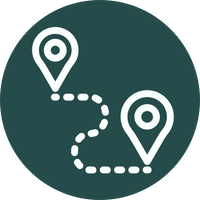
Point A - B Travel Time Estimator
Get an idea of just how long you can expect to travel from home to your dream destination including multiple travel modes
Use Time EstimatorCo2 Calculator
Do your own travel impact calculations using our multiple Co2 calculators.
Measure Your Co2Tour FAQ's
Who is this for? How fit do I need to be?
Active travellers with average fitness and mobility. Expect moderate activity: lifting 15 kg (kayak gear), short walks on uneven ground/soft sand, and easygoing paddling/snorkelling most days.
Do I need prior sea-kayaking or snorkelling experience?
No. Instruction and safety briefings are provided. Basic water confidence makes the snorkelling more enjoyable; PFDs (lifejackets) are worn while kayaking and may be used while snorkelling if needed.
When does it start and finish?
Pick-up Sunday ~2:45–3:00 pm (or meet at 24 Pelias St, Exmouth at 3:00 pm for gear fit-out). Return Friday ~4:00 pm to Exmouth.
What’s the camping like?
Base-camp style inside Cape Range NP: return to the same comfortable camp each afternoon.
- Spacious stand-up twin-share tents set up before arrival
- Fridge, shade/wind shelter, picnic tables, camp chairs
- Toilet & solar showers
- Beach ~300 m via sandy track
- Private ‘solo’ tent +$100 (limited per departure)
More FAQ's
Can I charge devices at camp?
Limited. The camp is off-grid (solar/dual-battery). Arrive with devices charged, switch phones to flight mode, and bring a power bank.
Dietaries—can they be catered for?
Yes—most requirements, with advance notice (including intolerances/allergies).
Is alcohol allowed?
BYO welcome; an ice box keeps drinks cold. Please drink responsibly.
Can I fish?
Allowed in permitted zones using lures only; not a tour focus. Note: base camp is in a Sanctuary Zone—no fishing there.
What’s included vs what do I bring?
Included: kayaks & safety gear, sun shirts & hats, snorkel kit (wetsuits in cooler months), dry bags, all meals & non-alcoholic drinks, national-park/camping fees, transport, qualified guides, complimentary photos.
Bring: ≥1 L water bottle, sunglasses, reef-safe SPF, swimwear, towel/sarong, wet-friendly sandals, enclosed walking shoes & daypack, head torch, camera/chargers, toiletries (biodegradable preferred), camp clothes and warm layers in winter. (Full packing list provided in your booking info.)
What about phone reception and emergencies?
Mobile coverage is limited in the park. The crew carries a satellite phone for emergencies; the operator’s office can relay urgent messages.
Parking—what are my options?
Free on-street parking at 24 Pelias St, or secure fenced parking for $10/day.
What’s the season?
Late April → early October (dry season) for calmer mornings, clearer water, and reliable paddling conditions.
Wildlife & weather—what should I expect?
Turtles, rays, schools of fish—and sometimes dolphins or dugong. Wildlife is natural—expected, never guaranteed. Guides adjust daily plans to the best conditions.
Can I upgrade to a single kayak or private tent?
- Exclusive single-kayak use (experienced paddlers): +$100 (limited to 4 per departure).
- Private ‘solo’ tent: +$100 (limited to 6 per departure).
What are the minimum numbers and tour limitations?
Departures require minimum 4 guests. Participants must be able to lift 15 kg and comfortably walk on uneven ground/soft sand.
What’s the cancellation policy?
- 30+ days prior: Full refund minus any non-refundable booking/processing fees.
- Within 30 days: No refund (consider travel insurance).
COVID-related (operator policy): - >14 days prior: Full refund minus fees.
- ≤14 days due to restrictions beyond your control: 70% refund + 30% (or deposit) as a 3-year voucher.
If travel requirements aren’t met (e.g., entry permits), no refund. Full terms apply per the operator.
Should I get travel insurance?
Strongly recommended—remote region, weather-dependent ocean activities, and limited medical facilities nearby.
- 0 – 2t | Low
- 2 – 4t | Moderate
- 4 – 6t | High
- 6 – 8t | Very High
- 8t+ | Extreme
(T = tonnes CO₂e)
Still Searching? Check these out…
BOOKING & PAYMENT FAQ's
What’s the deposit & payment process?

Choose Tour

Pick Dates

Reserve Spot

Sort Logistics

Adventure Time!
Here’s how it works—clean, simple, no surprises:
A) "Book with Deposit"
- Place a deposit. You’ll pay the deposit at checkout.
- Tell us the details. You’ll receive an email asking for your tour name/date, passenger details, and any special requests (room type, extras, dietaries, etc.).
- We secure your spots. If everything’s clear, we confirm your booking by email so you can lock flights and plan the rest.
- If we need anything (e.g., room configuration, add-on activities), we’ll ask—then issue confirmation once sorted.
- Final balance invoice. After confirmation, you’ll be invoiced the remainder in line with the trips booking terms & conditions (each trip/partner has its own timeline but full payment is generally required at least 30 days prior to departure).
- If we are unable to confirm your spot: you’ll receive a full refund of your deposit. Zero stress.
B) Instant confirmation route (selected trips)
- Some departures use live operator booking calendars. These can deliver instant confirmation inside the operator’s system.
- If you book this way, the operator’s terms & conditions apply immediately (including payment schedules and change/cancellation rules).
Good to know
- Each trip may have slightly different deadlines and deposit rules—You can find the terms and conditions for your chosen booking on the listing page.
- You can still flag special requests after deposit—earlier is better for availability.
What’s your cancellation & refund policy?
Before your booking is confirmed
- If we can’t confirm your spots after you’ve paid a deposit, we’ll issue a full refund of that deposit.
After your booking is confirmed
- Cancellations follow the operator’s cancellation schedule (varies by trip and how close you are to departure).
- Expect possible fees or non-refundable items (e.g., internal flights, permits, certain accommodations).
- If a refund or credit is due, we’ll process it once the operator releases the funds and pass it back to your original payment method.
Instant-confirmation bookings (live operator calendars)
- The operator’s T&Cs apply immediately on these. Some departures are non-refundable or have stricter windows.
How to cancel
- Email us your booking reference, names on the booking, and a one-line request (“Please cancel”).
- We’ll reply with the exact penalties/refund or credit per your operator before proceeding.
If the operator cancels or significantly changes your trip
- You’ll be offered an alternative date, a travel credit, or a refund according to that operator’s policy. We’ll advocate for the best outcome for you.
Good to know
- Refunds are returned to the original payment method; bank/FX fees aren’t usually recoverable.
- Travel insurance is your friend for recovering non-refundable costs.
- The earlier you contact us, the better your options typically are.
Can I change dates or transfer my booking?
Short answer: Usually yes, but it depends on the operator’s rules and how close you are to departure.
Date changes
- We’ll check new-date availability with the operator.
- If a change is possible, you’ll pay any applicable operator change fee plus any price difference for the new date.
- The closer to departure, the tighter (and costlier) changes become; some trips treat late changes as a cancel + rebook under the operator’s policy.
Transfer to another person (name change)
- Many operators allow a name change/transfer up to a certain cut-off.
- Fees and deadlines vary by operator and services booked (e.g., flights may be non-transferable).
Instant-confirmation bookings
- If you booked via a live operator calendar, the operator’s T&Cs apply immediately. Some departures are non-changeable or have stricter windows.
How to request a change
- Email us with your booking reference, preferred new date/person’s details, and any flexibility.
- We’ll confirm options, fees, and any price differences before making changes.
Pro tips
- Ask early—more seats = more options, lower fees.
- Consider travel insurance that covers change/cancellation costs.
- Always check booking terms and conditions, links displayed on each tour page under the overview.
Are you accredited / is my money protected?
Yes. Your money is protected by our own accreditation and safeguards, plus the protections of our tour partners and the payment methods we use.
Our business safeguards
- Legally registered business with documented booking & refund policies.
- Commercial insurance appropriate to our operations.
- VTIC Quality Tourism Accreditation (Quality Tourism Accredited Business) confirming we meet industry standards for customer service, safety, and risk management.
Operator-level protection
- We partner only with established operators who maintain their own financial protections and clear refund/credit policies.
- When you book via a live operator calendar, payment is processed directly by the operator and their protections/terms apply immediately.
How your payment is handled
- All card payments run through a secure, PCI-compliant gateway; we don’t store your full card details.
- If you book through a live operator calendar, payment is processed directly into the operator’s system, and their terms & protections apply immediately.
Your legal rights
- Your purchase is also covered by consumer laws in your country/state (fair trading/refund rights). We reference the applicable jurisdiction on your paperwork.
Extra peace of mind
- Paying by credit card may add chargeback protection from your card issuer.
- We strongly recommend travel insurance to cover situations outside operator/consumer protections (your own cancellation, medical, delays).
Do you offer price matching?
Absolutely. Our prices update live from the operator, but if you spot the same tour on the same dates with the same inclusions and terms advertised for less — even in a public sale or promo — we’ll match it.
Already booked? We’ll refund the difference to your original payment method (eligibility applies, based on the final checkout price including taxes/fees from an authorised seller). And yes, the matched price still includes our 200% carbon offset — no dilution of benefits.
Do I need travel insurance?
Not for every trip—but for most travellers, we strongly recommend it
Some itineraries and partner operators do require insurance (especially remote treks, glacier walks, or bookings made via live operator calendars with mandatory cover).
When it’s required
- Certain partners/departures make insurance compulsory and may ask for proof before departure. If you book one of these, their T&Cs apply immediately.
What good cover includes
- Medical treatment & emergency evacuation/repatriation (high limits).
- Trip cancellation/interruption (protects your deposit and balance if plans change).
- Baggage & travel delay, and supplier default where available.
- Coverage for all activities on your itinerary (e.g., trekking, glacier hikes, kayaking) and any relevant altitudes/conditions.
- 24/7 assistance hotline and a clear claims process.
When to buy
- At booking. That way, cancellation benefits start immediately and you’re covered if something crops up before you travel.
How to share proof
- Email us your policy certificate (names, policy number, assistance phone).
- If you booked via an instant-confirmation operator calendar, follow their proof instructions and deadlines exactly.
Are departures guaranteed?
Most departures run as planned, but guarantees depend on the operator and minimum numbers. If there’s a wobble, we’ll tell you fast and give you options.
How it works
- Minimum group size: Most partners need a minimum number of travellers to confirm a trip.
- When we confirm: Each operator has a confirmation window (often 30–60 days before departure). We monitor load and update you as status changes.
- Any listing from "G-Adventures" will be guaranteed to run with a booking
If a trip is under-subscribed
- We’ll contact you with clear options:
Move to another date (same tour)
Switch to a comparable trip
Full refund of monies paid (per the operator’s terms)
- Any price differences for new dates/trips will be discussed before you decide.
If a trip is suspended (weather, park closures, strikes, force majeure)
- First, we’ll look to re-route or adjust (e.g., alternative park, similar activities).
- If that’s not viable, you can move dates, choose a different trip, or receive a refund/credit according to the operator’s policy.
Our promise
- Proactive comms: We’ll keep you posted as soon as we know more—no last-minute surprises if we can help it.
- No pressure choices: You pick the outcome; we handle the admin.
- Flight advice: Until your tour is confirmed, book flexible/refundable flights or add insurance that covers schedule changes.





